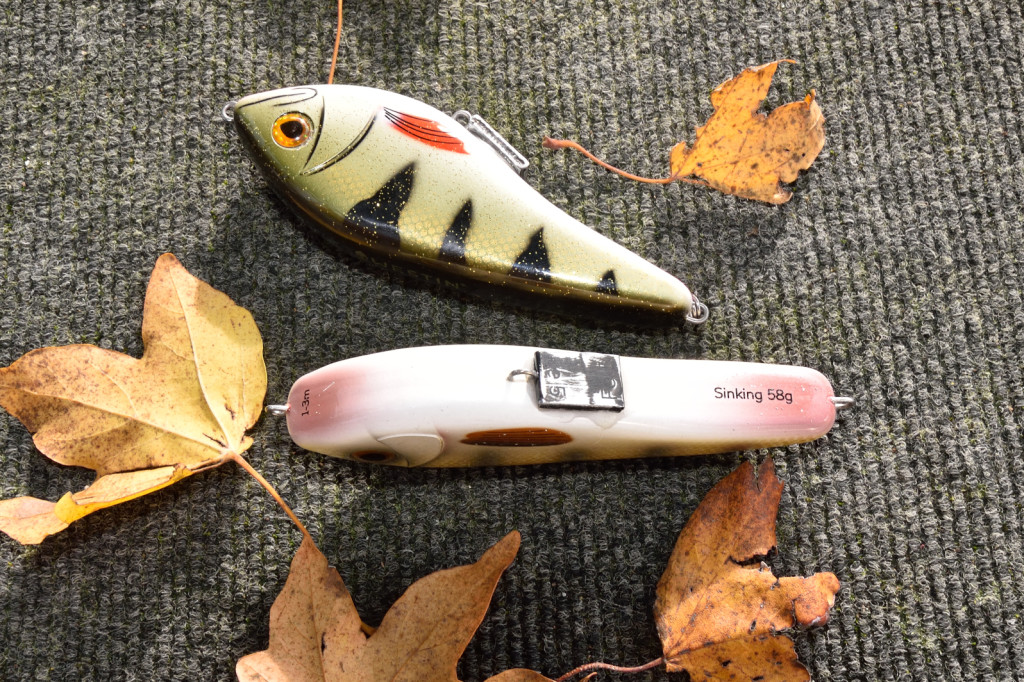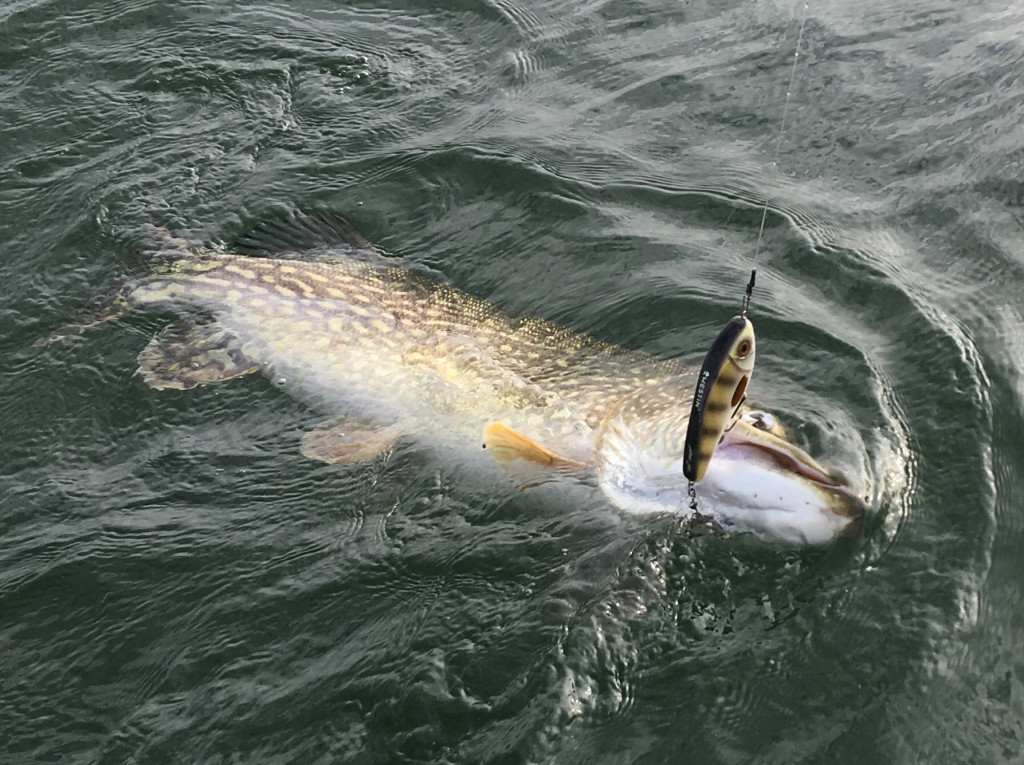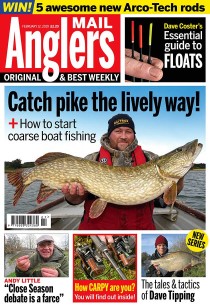Winter Lure Fishing
Most of the time the simple rule of lure fishing for pike in winter is “go low and go slow”, and, to be honest, 99% of the time this is the best thing you can do.
When the water is really cold, the pike simply aren’t as active as they would be in say mid-October, however, they will still take a lure if it presented correctly. What they won’t do, however, is chase a lure for long periods, or move up in the water column very far to get a lure, in most instances, anyway.
When the pike are in this semi-dormant state it’s not that they don’t want to chase the lure, or move up to get one, it’s more as if, because they are in this docile state, they simply don’t notice the lure as well as when the water is warmer. Hence why the “low and slow” approach is good. Fishing low to the bottom in most instances means fishing closer to where the pike are at this time of year. Slowing the retrieve down also means that the lure spends more time visible, and in the right location, for a pike to hit at it.
To fish like this can be gruelling, and dragging lures across the bottom of a big lake takes a lot of concentration as the takes can be very subtle. Soft plastic lures with a good sized jig head are needed for this tactic. Ideally you will match the size of the jig head to the depth of the water – so if the water has a soft bottom the lure isn’t ploughing too much. My “go to” weight will be 28g for waters up to 30 feet deep, deeper – then up to 50g isn’t unusual.
To fish like this you also need to think about stinger placement – most of the time the absolute best place for a stinger for hook-up reasons is where the imaginary vent would be on a soft plastic fish analogue, and for most of the time I would ring my lures like this. Not only does it seem to hook the fish better when placed here, it also helps balance the bait and prevents over-roll (if you think that is important).
For lures that are going to be in contact with the bottom for a long period of time, I find it better to put the stinger on top of the lure, near the wrist of the tail. This helps keep it free of the muck on the bottom. Don’t be tempted to put a stinger on the tail of the bait itself, as this ultimately ruins the action of the lure.
Now on some waters this “low and slow” fishing or ploughing simply doesn’t work, or it does work – but with smaller fish. This phenomenon usually occurs on hard fish waters, or waters where the pike have seen a lot of similar type lures for a long period of time. Not a said “have seen a lot of similar type lures” as I truly believe that simply seeing the similar lures day after day really turns pike off them, they don’t have to have been caught, but the same lures and same retrieve soon become predictable and the pike become used to them.
So what to do if you know there are still big fish in the water but they are not reacting to the lures you are presenting? Simple give them something else. However, herein lies a problem, what to give them that fishes “low and slow”?
You can get some crankbaits that fish down to 30ft – such as Depth Raiders and Ernies, however both need to be fished quite a bit faster than I would like to fish at this time of year – though on some waters they work. Spoons and big spinner-baits are a good alternative, you can count them down and fish them nice and slow along the bottom. But again you have the straight A to B retrieve.
Recently I have been playing around with heavily weighted jerkbaits, simply because they give a completely different type of retrieve. There is a problem though, in that most jerkbaits are designed to fish relatively shallow. In fact, you will find it very difficult to fish a standard sinking jerkbait more than 10ft down, let alone 30ft. So you will need to add some weight to them – most baits can be drilled and weight added, or stick-on lead added to the outside, it matters not. What does matter is that it’s put in the right place, or the action of the lure will be messed up. Usually you want to put the weight right in the middle of the lure, near the first hook.

Even with your weighted jerkbaits it is still a gruelling way of fishing, and don’t think you can cover a lot of water – when fishing really deep it can take 30 seconds for the bait to reach the bottom, and then you have to work the lure really slowly to prevent it rising in the water column too much. But you will still get a “different” retrieve from what most anglers are casting, and sometimes that is all that is needed to trigger a big pike to hit.







